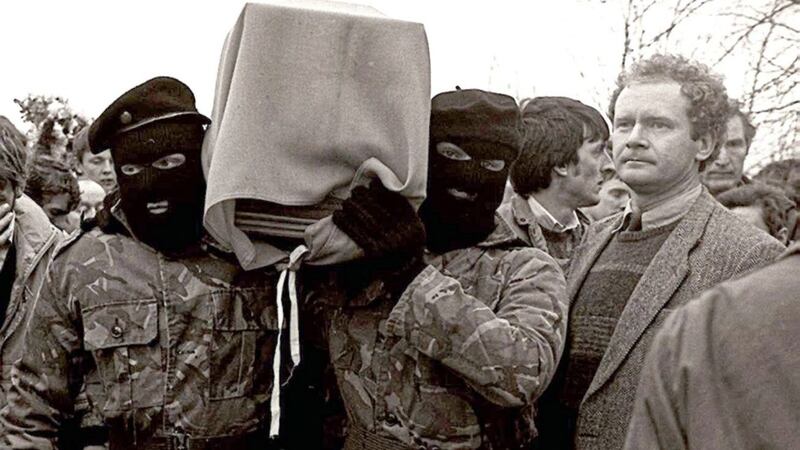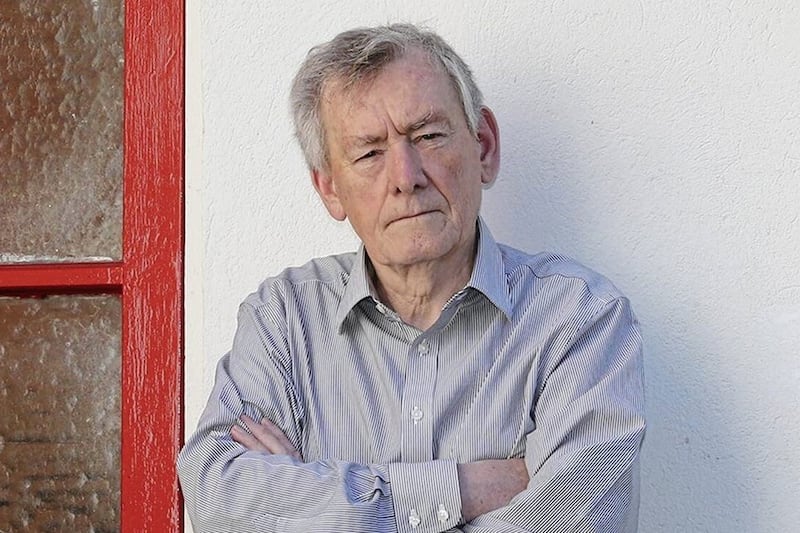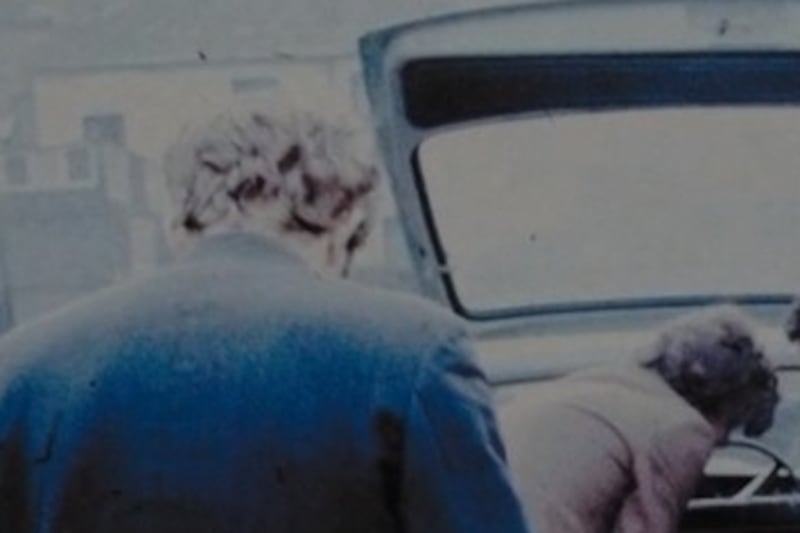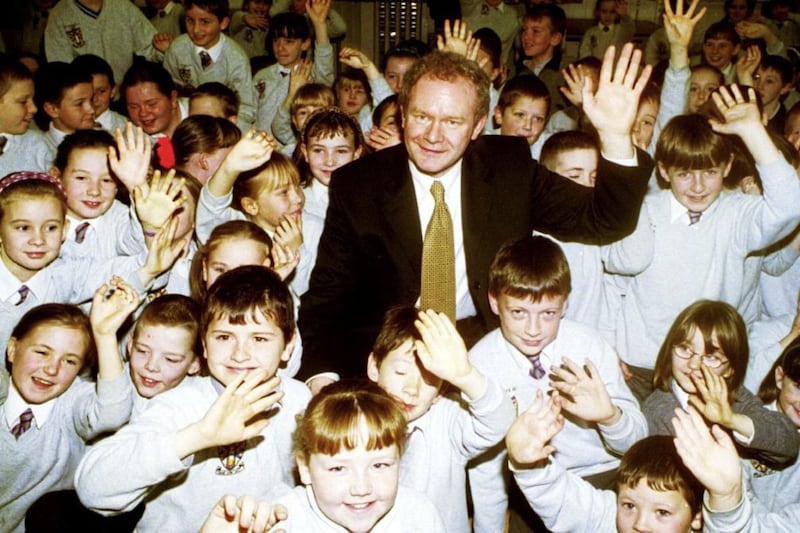MARTIN McGuinness travelled to London in disguise at the height of his notoriety as an IRA leader to view its operations in the English capital, a former Provo has revealed.
IRA bomber Shane O’Doherty was a one-time close friend of the former deputy first minister. After joining the IRA aged 15 in the 1960s, he eventually served as a foot soldier under Mr McGuinness’s Derry leadership.
He told the Irish News: “It was Martin who ordered me back into Derry after Motorman (1972).”
One of the most infamous IRA bombers of the 1970s, Mr O’Doherty was convicted of 31 counts of attempted murder following a letter bomb campaign in London.
He served 15 years in prison where he renounced paramilitarism and rediscovered his Catholic faith.
However, in the early 1970s with Martin McGuinness, he was one of the most active IRA men in Derry.
“I can remember one day in 1974: we had just left Martin’s mother’s house when we came on two jeeps. We both ran through the back lanes up to the Lone Moor Road, expecting to be shot in the back.”
In 1975, the IRA decided that Mr O’Doherty’s arrest was a breach of a ceasefire and they shot dead a young police constable in Derry, Paul Grey.
“I was in Crumlin Road jail and I was told by the warders that the police constable’s father was the senior warder on my wing and that he had been shot to restore the ceasefire. I couldn’t get my head around that,” he said.
Mr O’Doherty said Mr McGuinness was dedicated to republicanism.
“He didn’t drink or smoke or party when the rest would have been. Some years ago in an interview I described him as ‘a celibate priest of the republican movement’ and he was," he said.
“But he wasn’t always to the fore. At the start in Derry there were other leaders and it wasn’t – as some people think – Martin who sent me to London. It didn’t really occur to me that he was a leader until after Motorman (British army operation to reclaim 'no-go' areas)."
He also revealed that Mr McGuinness told him he carried a personal weapon with him when – with other IRA leaders – he was taken to London for talks with then Secretary of State William Whitelaw.
“I remember in November 1974 when news came through of the Birmingham bombings I was with Martin in a safe house in Marlborough (Street in Derry). He was furious, really angry. He said to me that if it turned out it was the IRA who did it, he would leave. But, of course, the IRA didn’t claim it at first,” he said.
When he eventually moved to London to carry out his letter bombing campaign, the Derry man said he was surprised one day to meet Mr McGuinness who had travelled to the city in disguise.
“He turned up wearing a sort of Tam o’ Shanter,” he said.
Mr O’Doherty said he later made contact with Mr McGuinness on his release from prison at the request of the late Cardinal Basil Hume.
“Cardinal Hume visited me in Wormwood Scrubs and asked me to use my good offices to ask Martin to find Captain Robert Nairac’s body. Cardinal Hume had been at Ampleforth College and Nairac, who was a Catholic, had been a schoolboy there. The cardinal had wanted to give him a Catholic burial.
“I talked to Martin and he agreed. He came back later to say he wasn’t successful but I always liked that he tried.”
The Derry man said that while he eventually moved away from violence because of his Catholic faith, Mr McGuinness felt that a legitimate war, as he saw it, created exceptions.
However, he said this was long before Mr McGuinness moved to a path of peace.






